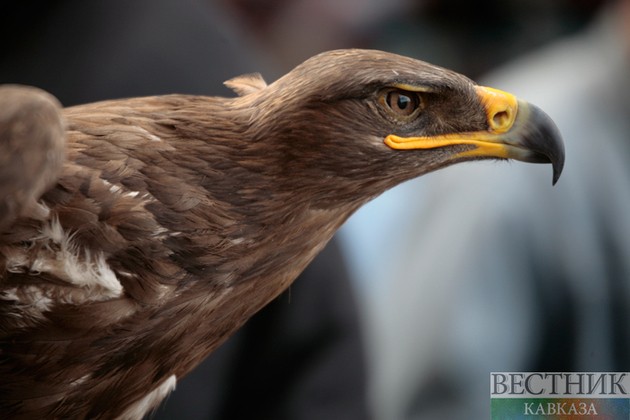Active hostilities between South and North Korea ended in 1953. In the same year, the demilitarized zone was created, which is considered one of the world’s most heavily armed borders. The 260-km stretch is barred with fences and landmines and is largely empty of human activity.
Unexpected consequences of isolation
But that isolation has inadvertently turned the area into a haven for wildlife. Google released street view images of the DMZ for the first time this week, offering a rare glimpse into the flora and fauna that inhabit this no man’s land. The images are part of a project done in collaboration with several Korean institutions to mark the 70th anniversary of the Korean War armistice. Technically the war never ended as no peace treaty was ever signed. The project allows viewers to take a “virtual tour” with Google’s street view function, highlighting cultural relics and heritage sites near the DMZ such as war-torn buildings and defense bunkers, CNN writes.

Accidental paradise
Of Korea’s 267 endangered species, 38% live in the DMZ, where the new eco-system emerged. The DMZ’s inhabitants include endangered mountain goats who live in the rocky mountains; musk deer with long fangs who live in old-growth forests; otters who swim along the river running through the two Koreas; endangered golden eagles, and a young Asiatic black bear who delighted researchers. They call the region an accidental paradise.
Many voices in both the Koreas and international environmental organizations have been calling for the conservation of the DMZ for decades. But the process isn’t easy, as it requires cooperation from both Seoul and Pyongyang.

There has been some progress in recent years, with former South Korean President Moon Jae-in and North Korean leader Kim Jong Un vowing in 2018 to turn the DMZ into a “peace zone.” The following year, South Korea opened the first of three “peace trails” for a limited number of visitors along the DMZ, bringing hikers past observatories and barbed-wire fences. However, relations have deteriorated since then, with tensions skyrocketing in 2022 as North Korea fired a record number of missiles, and as a new South Korean president took office.






